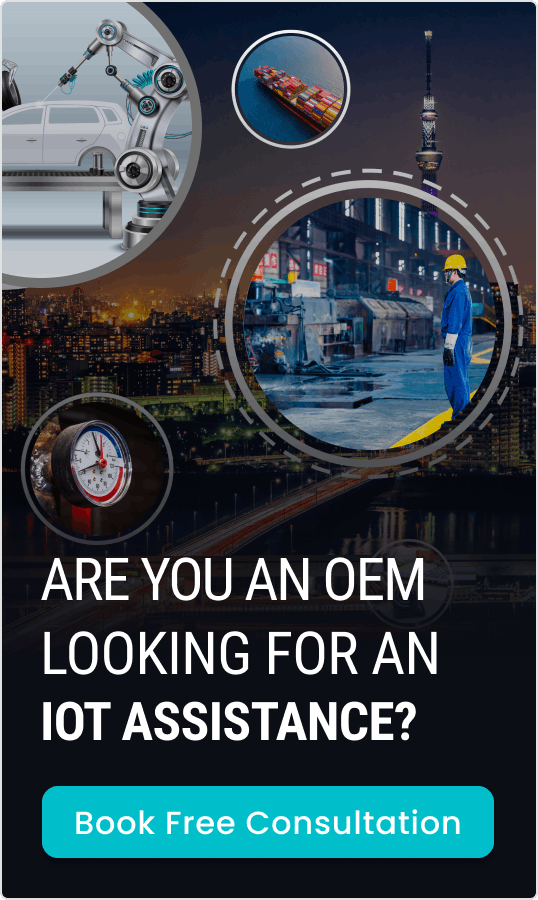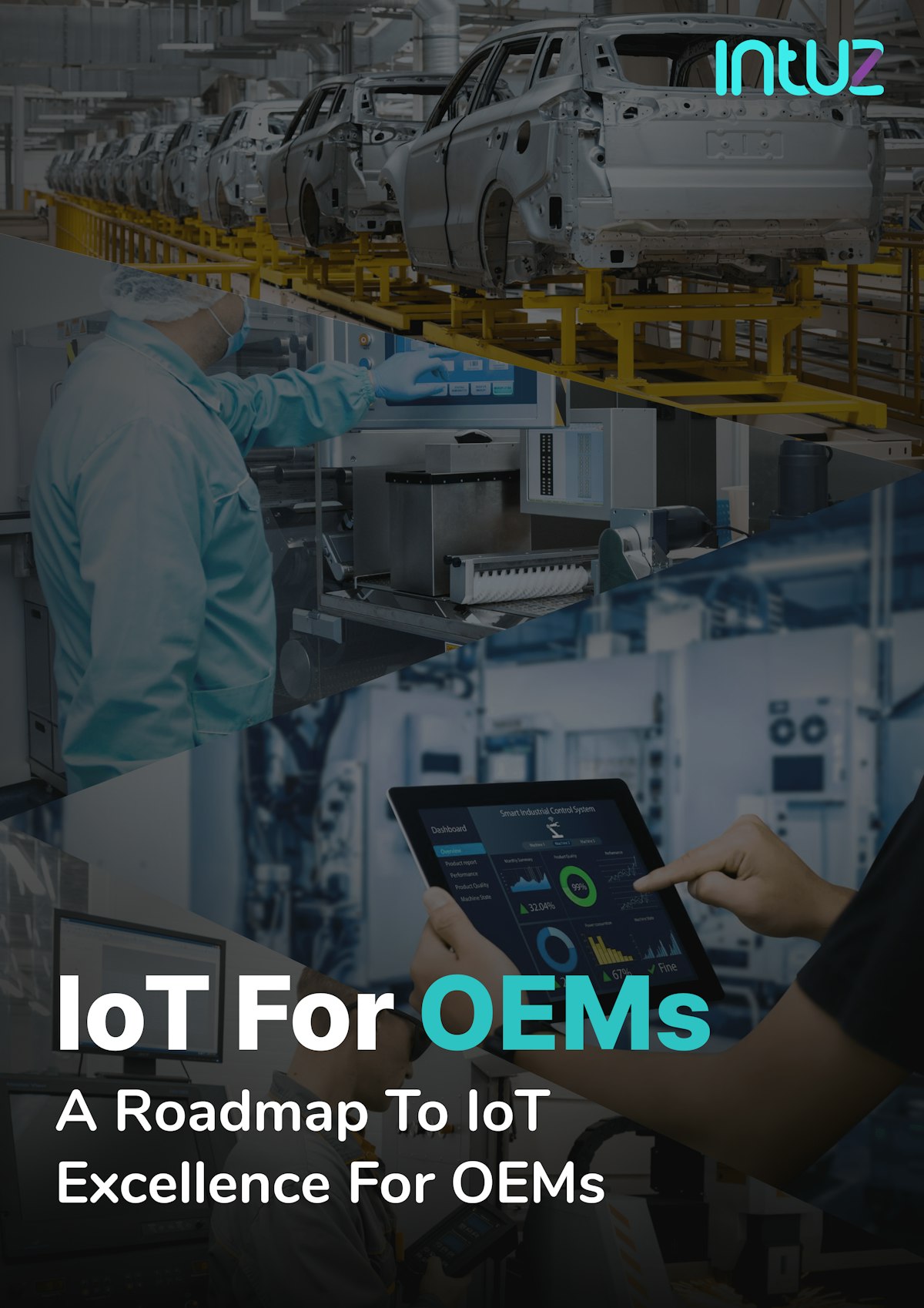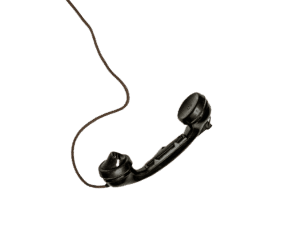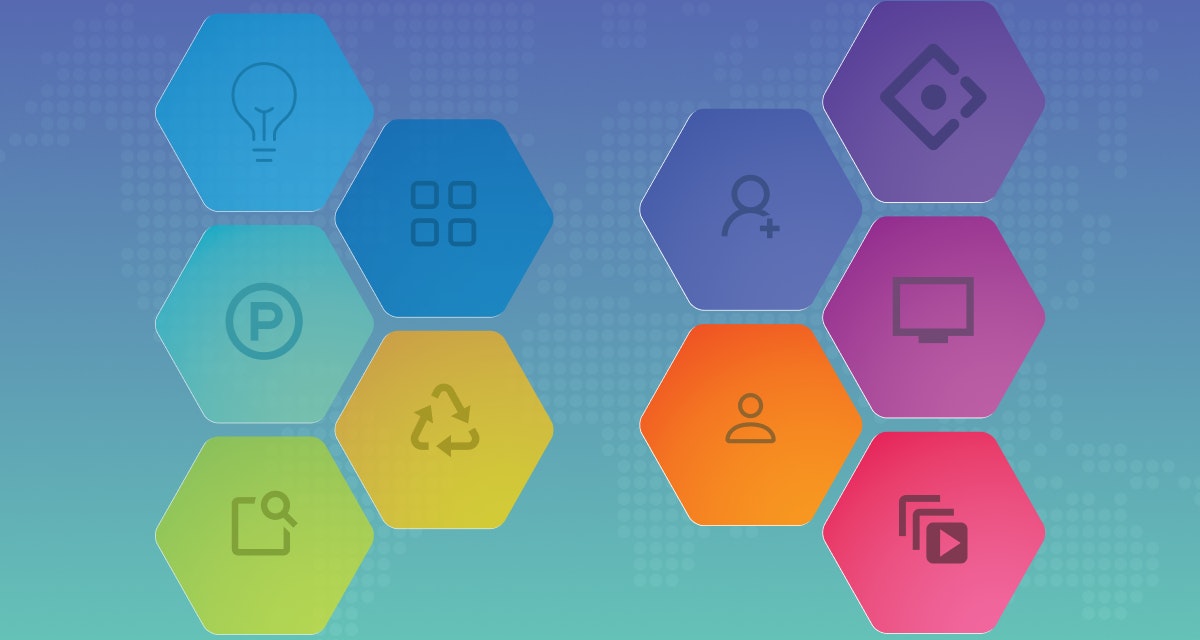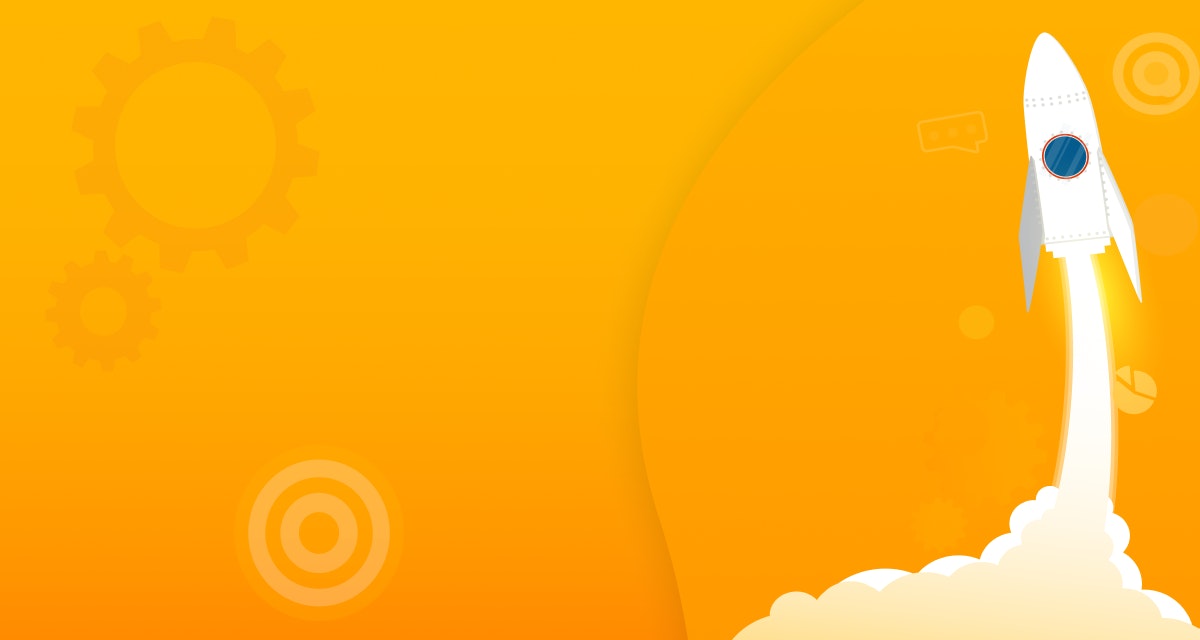Table of content
The Internet of Things (IoT) has been continuously getting popular by companies like Bosch, ARM, Cisco, GE and Intel. The marketing campaigns of all of these companies speak a lot for their massive business opportunities with the IoT offers. IoT is undoubtedly becoming a popular label as compare to machine-to-machine (M2M). If it’s about IoT Application Development Services then companies are adopting this strategy at a much faster rate.
The Internet of Things has become a distant future and is growing at an undefined rate. If we talk about figures, then in 2017, connected devices overtook the world’s population of 7 billion. It is going to reach more than 29 billion by 2030. This makes the IoT market worth $157 billion in 2016 and $457 billion in less than 15 years.
IoT (Internet of Things) allows to get things connected with the Internet. These things have the power to exchange information between them and transmit data to other devices and systems. Also, they can receive data as well. Machines and smart devices also have the capability to share information regarding their internal state. Using the Internet, people can connect to the digital network and devices like computers and smartphones for sharing information, chat and more.
- IoT ranges from consumer-oriented devices to connected equipment in the enterprise and also in industrial assets like robots, machines, and workers in smart factory.
- IoT is imperative for doing customer-fling innovation, digital transformation, data-driven optimization and automation and new business models and revenue streams in all the sectors.
- IoT act as an umbrella for a wide range of technologies and services that depend on use cases and are a part of the big technology ecosystem that covers technologies like cloud computing, big data, artificial intelligence, blockchain, augmented and virtual reality and more such.
- IoT is making wonders in several industries and companies by levering its power and delivering some great real-time IoT examples.
- The use of the Internet of Things is happening at diverse speeds as IoT is investing in the manufacturing industry is higher than any other industry.
For IoT product design and development, it has been said that designing and development of IoT products is the future. For this cause, IoT systems combine physical as well as digital components which collect data from physical devices and opt for delivering actionable and operational insights.
IoT Development Stack and its Requirements
The IoT technology stack includes all the needed technologies and data from an IoT device to an actual purpose and goal or so-called IoT use case.
1. Device Hardware
There are enormous opportunities for smart connected hardware products and has product development challenges. It has been predicted that by 2024, there will be more than 175 billion IoT devices.
Device Hardware is the first layer of IoT technology stack that defines the digital and physical parts of any smart connected product. Here the question arises - how it will look like or of what material will it be made of?
In this stacked layer, it is imperative to know the implications of size, deployment, cost, useful lifetime, reliability and more such. If we talk about small devices like for example, smartwatches then you may have only one room for such a System on a Chip (SoC). Here, you will be needing embedded computer like Raspberry-Pi, Artik module, and BeagleBone board.
The hardware which is used in IoT systems has devices for the remote dashboard, routing or bridge device and sensors, devices for control, and more. All these devices have the capability to manage the important tasks and functions like system activation, action specifications, communication, security, detection for support-specific actions and goals.
2. Device Software
This layer requires to carefully find out the sensors by having access to the required data. Sensor will assist us to gather data that we want so that the smart connected product will perform the way it is decided.
Device software has the capability to turn out the device hardware into a smart device. This IoT technology stack enables the software-defined hardware and then any hardware device can serve various applications depending on the running embedded software. The device software layer can be distributed into two categories i.e. Operating system and Applications.
a. Operating system
The whole complexity of your IoT solution will portray the type of operating system you are in the need of. There are some top things that you must include like when your app requires a real-time operating system, I/O support, and support for the full TCP/IP stack.
Some examples of an embedded OS are -
- Brillo
- Linux
- Windows Embedded
- VxWorks and more …
b. OS applications
This app runs on top of the operating system and offers specific functionality for your IoT solution. It consists of endless possibilities. Here, you can pay attention to data acquisition, analytics, local control and streaming to the cloud and more.
3. Connectivity
In the connectivity part of the IoT technology stack, it is important to define the network communication platforms that will be getting connected to the sensors on the product hardware to the cloud and then to the application.
The several types of connectivity which are used in general includes, Bluetooth, Wi-Fi, Radio, Cellular, and Satellite.
The communication part at this stage refers to all the diverse ways where your device will be exchanging information with the whole world. This will include physical networks and the type of protocols that you will be using. It is truly said that the communication mechanisms are connected to the hardware of the device software.
Some of the Communication Protocols are -
- Infrastructure (ex: 6LowPAN, IPv4/IPv6, RPL)
- Identification (ex: EPC, uCode, IPv6, URIs)
- Comms / Transport (ex: Wifi, Bluetooth, LPWAN)
- Discovery (ex: Physical Web, mDNS, DNS-SD)
- Data Protocols (ex: MQTT, CoAP, AMQP, Websocket, Node)
- Device Management (ex: TR-069, OMA-DM)
- Semantic (ex: JSON-LD, Web Thing Model)
- Multi-layer Frameworks (ex: Alljoyn, IoTivity, Weave, Homekit)
4. Data and Analytics
A well-defined IoT data process is crucial for businesses who are willing to step into the world of smart connected products. New business models can be created by ingesting data from these sensors and can unlock different opportunities and uncover valuable business data.
Your smart devices will be streaming information straight to the cloud. When you are defining requirements for your solution, at that time, you will need to look for the best idea for the type and amount of data that you will be collecting daily, monthly and yearly basis.
The biggest challenge that IoT apps face is generating a huge amount of data. For avoiding this, ensure to define the scalable parameters that will help the architects to define the correct data management solution from the beginning point.
Analytics is considered as one of the important components of the IoT solution. Analytics refers to the ability to find patterns, crunch data, perform forecasts, integrate machine learning and more. It has the capability to find out the insights from your data that will make your solution valuable. This can be done by using technology Cloud APIs.
IoT For OEMs: A Roadmap To IoT Excellence For OEMs
Access the guideKey Considerations for IoT Product Development
1. Connectivity and data transmission
The experienced and certified team of IoT system engineers can add cellular, Wi-Fi, RFID, GPS, Bluetooth and other types of secure wireless control and connectivity to your product. The priority of the IoT product development team lies in transmitting real-time data without security and privacy breach.
a. Basic connectivity
When it’s about connectivity, then it is all about connecting the IoT (Internet of Things) and there are several options for this. For connecting a sensor or device there are various ways like you can make use of WiFi, Cellular, Bluetooth, Ethernet, RFID and NFC and more.
b. Managed connectivity
Managed connectivity platform provides visibility and control on your IoT devices anywhere across the globe. It helps to track the location of any global SIM which has been installed in an asset and alerts you when any unusual activity happens.
Two types of hardware need for an IoT product development, first for sensing element and the second one to convert an electrical signal to a physical outcome.
2. Product Hardware Identification
Product Hardware Identification is one of the most important parts of IoT product development stages. Among all, there are 2 types of hardware that anyone will need for developing an IoT product, the first one is the sensing element and the second one is for converting an electrical signal to a physical outcome. The development team with great and in-depth knowledge of diverse types of IoT boards, sensors and connected devices will get huge success in IoT product development.
3. Vertical M2M Application
Vertical M2M app has two machines i.e. communicating or exchanging data without the need for any kind of human interaction. This covers power lines connection, serial connection and wireless communications in the IIoT (Industrial Internet of Things).
4. Software and Cloud integration
Among all the IoT product development stages, software and cloud integration is yet another important stage for building the best IoT product. The development team is responsible for building web and mobile-based applications for controlling the functionality of products in real-time. There is a custom software app that is hosted on the cloud servers to manage controlling, monitoring, optimizing, and autonomous operation of product function.
Top 25 IoT Development Boards In 2023 And How To Choose The Right One
Read nowIoT-Capable Applications
There are so many IoT capable applications and devices that enable remote health monitoring and any kind of emergency notifications systems. With the best IoT apps, you can do a lot of things and get real-time information as well as notification in any industry.
IoT apps are highly creative and filled with features. They can adopt any form like Hardware, Software, Cloud, etc.
Some of the most popular applications are
- Connected Cars
- Connected Health
- Industrial IoT
- Smart City
- Smart Farming
- Smart Grid
- Smart Home
- Smart Retail
- Smart Supply Chain
- Wearables
Roadmap for IoT Development
Let’s move towards the steps for IoT development for understanding how to develop IoT products:
1. Requirements and functionality
The first phase of product development begins with what customer wants and what functionality to add in that product and finding the right technology that suits them. Before they jump to the planning phase, it is important to find out the requirements and functionalities of your product. If these steps are not performed correctly then there are full chances of delay in the given project timeline. IoT projects are different as there are different project toolkits which are purely meant to solve certain problems with specific conditions. So first find out what your project needs in terms of requirement, ecosystem, size, and format and also from a hardware and software point of view.
2. Bringing on partners
After establishing your project requirements, you must identify the project areas that will put weight on the shoulders of your team. Instead of stretching the internal tam, look for outsourcing the most common services that are being outsourced commonly are IT and Manufacturing. Make full surety on the partners you will be choosing and don’t forget to look at their track records and if they hold the capability to meet your project requirements. Ensure that you both i.e. you and your partner have a full understanding of the project goals and adopt a clear communication process for avoiding any kind of confusion.
3. Proof of Concept & Piloting
This step involves defining the whole architecture of your system considering two points i.e. identifying and assessing risk. Knowing the account product requirements and the risk assessments, the design and product development plan will map out project roles, timelines, and tasks and all such things. In this stage, you will also be engaging key stakeholders, CFO, CEO and CMO for getting their buy-in and input. This should cover the conceptualization of the product for giving your whole team a clear picture of how the end product will look like.
4. Mass production
The purpose of this step involves getting the very first batch ready to ship. All your design and firmware must have set in stone for allowing your manufacturing team and partners to loading and testing them before you assemble it into a final ready product. Production bottlenecks and setbacks are very common in this stage and this is the reason for which it is important to monitor and track the whole production.
5. Early product testing
Before you launch your product in the market, it is always important to test the prototype and give it into the hands of users for getting early feedback. You must get involved in the test setup, installation, design, and usability and user experience. Try to understand the features of mass production. Another important phase of this step lies in validating your network of components and production suppliers. Your goal should lie in having a production-ready prototype.
6. Product development
The product development phase is undoubtedly the most important phase of any project which means the execution of a product plan that will need to established requirements and system architecture designed for realizing your IoT product. In this stage, the detail engineering will come into picture by creating the 3D design of your product, refining primary product features, validating the product features and at the last developing the prototype.
7. Logistics support
The final stage of the IoT product development process is logistics support. This includes the transfer of production responsibility to manufacturing teams. Also, this covers quality control processes, documentation control and production planning.
8. Lifecycle management
After your product has been released and land in the market, you will require to analyze and monitor the product data generated through your IoT platform for enhancing the next iteration of your product. Also, in this stage handling of product updates is performed for avoiding any disruption in the usability. You must opt for conducting your IoT product lifecycle management in a single and centralized platform for ensuring a smooth sailing of your product launch.
IoT Hardware Platforms Of 2023: What To Consider
Access the GuideList of IoT Product Development Services
1. Manufacturing support
The IoT product development team finds out the off-the-shelf metal, composite parts, ad plastic that is manufactured by diverse suppliers and assists you in choosing the right one for your product. Also, they are involved in custom modifications if any of the parts need minor changes in it. The development team also provides electronic component design and sourcing with printed circuit board assemblies, display, connectors and other components.
2. Design and Engineering
Design and engineering play a huge part in IoT product development as it defines the flow of your product. The best design can help in delivering an easy-to-use interface for using your product and this gives your product a vision to life. The IoT product development team opts for developing a physical prototype that will duplicate the product experience for ensuring a seamless user experience. The team of qualified developers implements the design for manufacturing principles for engineering IoT products.
3. Hardware and firmware development
For hardware and firmware development, an experienced team of electronics and embedded systems adds different types of connectivity to your products that include cellular, GPS, RFID, Bluetooth, WIFI and more such connectivity options. Also, the team engages itself with codes, designs, tests the firmware of the connected hardware.
4. Prototyping
IoT product design and development is a vital task and should be maintained by the hand of a skilled engineering team. The development uses different ways of prototyping the product idea in the early stage for development. Prototyping helps in receiving the user feedback instantly and assists in improving the functionality save a lot of time and the whole development cost. IoT product development experts use rapid iterations for producing tangible prototypes that can be viewed, tested, evaluated and enhanced.
Wrapping Up
With the advancement of time and technology, businesses are adopting new trends and trying to be more competitive in the market. IoT is the next boom in the industry and is going to explode a lot more in the coming time. At Intuz, we have the best development team to manage all types of IoT product development projects. We will not only handle your project but also try to suggest you the most appropriate IoT product solution as per your business needs.

